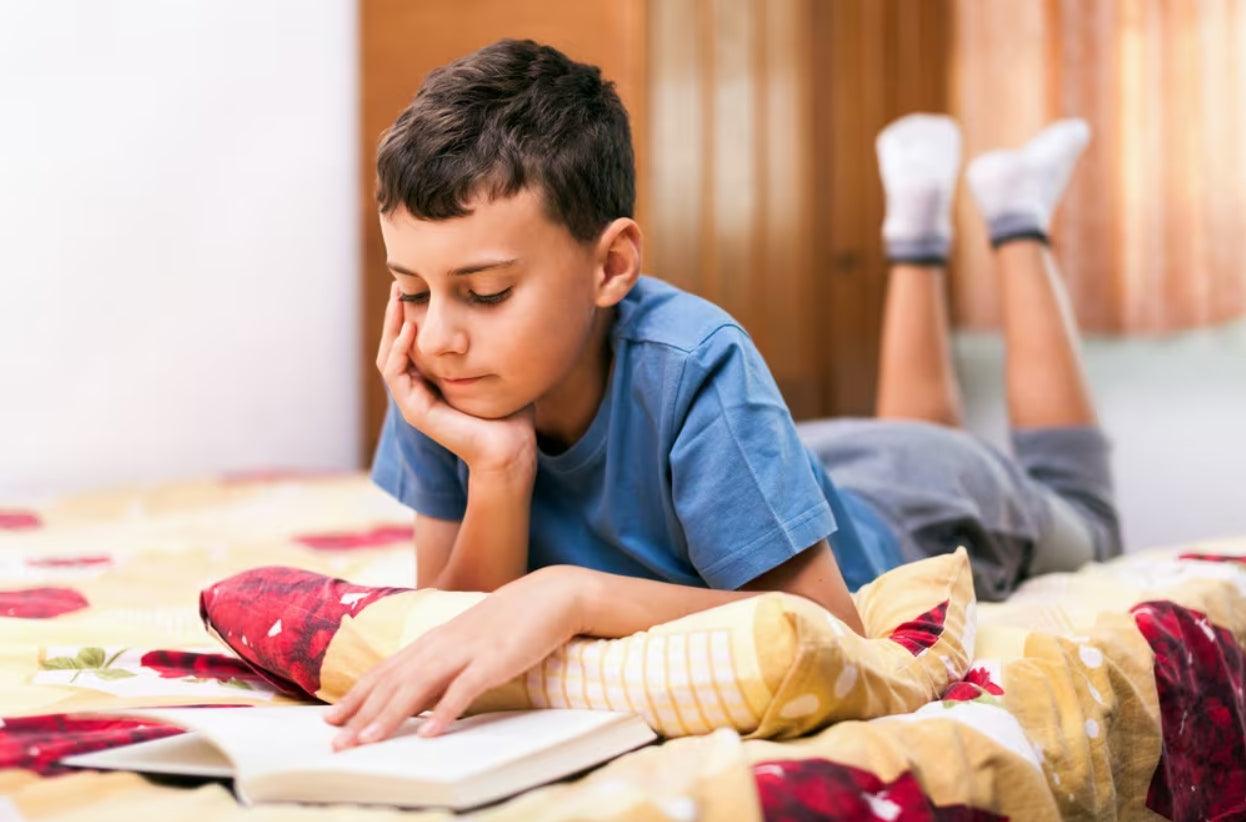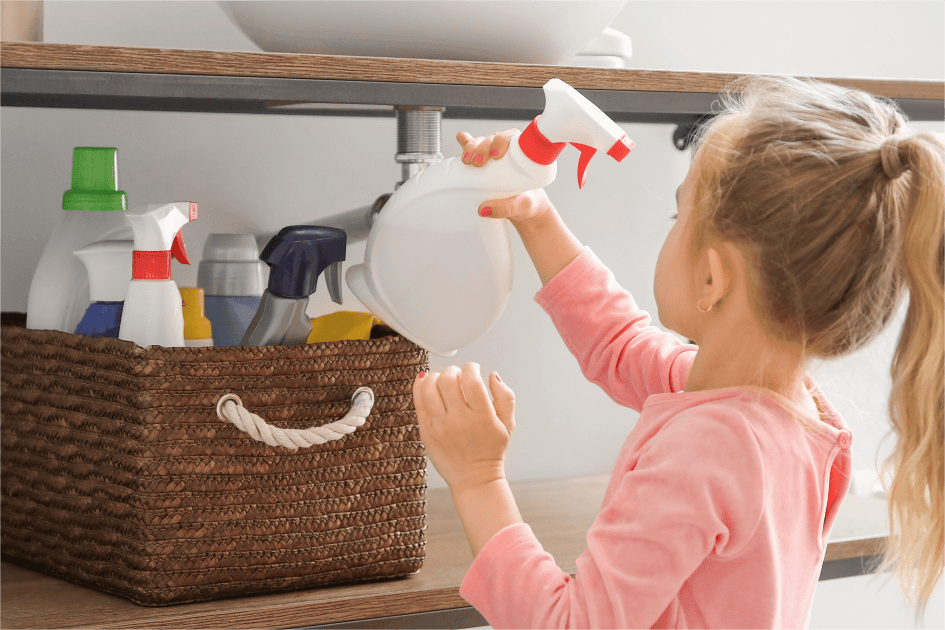As children grow, there comes a time when they may need to stay home alone for short periods. While this milestone can be exciting and fosters a sense of independence, it also requires careful planning to ensure their safety. Parents must establish clear rules and guidelines to help children navigate potential dangers and make responsible decisions when unsupervised. In this blog, we’ll outline 6 essential rules for kids to stay safe at home alone, and suggest methods parents can use to enhance their children’s safety.
Why Should Parents Set Rules for Kids Staying Home Alone?
Setting rules for children who stay home alone is fundamental to ensuring their safety and well-being. Here are a few reasons why it’s important:
-
Safety and Security: The primary reason for setting rules is to ensure the safety and security of children. Clear guidelines help prevent accidents and injuries by outlining what is safe to do and what is not. For instance, rules about not using the stove or not opening the door to strangers can significantly reduce the risk of harm.
-
Emergency Preparedness: Emergencies can happen at any time, and children need to be prepared to handle them effectively. Rules about knowing emergency contacts, understanding basic first aid, and having a plan for emergencies like fire or severe weather can make a big difference in how children respond to crises.
-
Responsibility and Discipline: Establishing rules teaches children about responsibility and discipline. They learn that certain behaviors and actions are expected of them, which helps in developing good habits and decision-making skills. For example, a rule about doing homework before watching TV helps instill a sense of prioritization and time management.
-
Peace of Mind for Parents: Knowing that their children understand and follow set rules provides parents with peace of mind. It reduces anxiety about their children’s safety when they are not present, allowing parents to focus on their work or other responsibilities without constant worry.
-
Building Trust: When children follow the rules, it builds trust between them and their parents. Parents are more likely to allow children more independence when they demonstrate that they can be trusted to follow guidelines and make safe choices.
Basic 6 Rules You Should Set for Kids to Stay Safe at Home Alone
Statistics show that a significant number of children in the U.S. experience being home alone at some point during their childhood. According to a study by the U.S. Department of Health and Human Services, approximately 4.5 million children aged 6 to 12 are left home alone regularly. While this can be a great opportunity for children to learn independence and responsibility, it also requires parents to set clear and strict rules to ensure their safety. Here are six essential rules that parents should set for their children to follow when they are home alone.

1. Lock All the Entries and Do Not Answer the Door to Strangers
The first and most crucial rule for children staying home alone is to ensure that all doors and windows are securely locked. This simple step can prevent potential intruders from entering the house. Children should understand that they must never open the door to strangers, no matter how friendly or needy they appear. It is important to teach children how to use peepholes or security cameras to verify the identity of anyone who comes to the door. Emphasizing these practices can significantly reduce the risk of unwanted visitors gaining access to the home.
By the way, your garage door is also an important entry that should not be overlooked. Click here for some tips to secure your garage door.
2. Know Emergency Contacts and Parents’ Numbers
Another vital rule is for children to be familiar with emergency contacts. Parents should keep a list of important numbers, including their work numbers, trusted neighbors, and emergency services. This list should be easily accessible, and children should be comfortable using it if needed. Teaching children how to call 911 is also essential. They should know how to provide their address and a clear description of the emergency situation. Having this knowledge can be lifesaving in critical moments.
3. Avoid Using the Stove or Oven
To prevent accidents, children should be instructed to avoid using the stove or oven. Cooking can be dangerous without supervision, and it's safer for children to use the microwave for heating pre-prepared meals or snacks. Parents can prepare simple, safe meals and snacks that do not require cooking or the use of potentially dangerous kitchen appliances. By setting this rule, parents can significantly reduce the risk of kitchen-related accidents.
4. Stay Inside the House
Children should understand the importance of staying inside the house when they are home alone unless there is an emergency. This rule is crucial to keep them safe from external dangers. Parents should emphasize that they should not venture outside without permission. If they need to go outside for a quick errand or to let a pet out, they should inform their parents and ensure the door is locked behind them. Staying indoors helps in minimizing exposure to potential risks in the neighborhood, especially for those who live in a bad neighborhood.
5. No Friends Over Without Permission
Having friends over without parental consent can lead to unforeseen issues and distractions that compromise safety. Children should be aware that inviting friends over when they are alone is not allowed. If they want to have friends over, they should get permission from their parents in advance and ensure that an adult will be present. This rule helps in maintaining order and reduces the likelihood of accidents or conflicts arising from unsupervised gatherings.
6. Regular Check-Ins
Setting specific times for children to check in with parents or guardians via phone or video call is essential for monitoring their well-being. Regular check-ins provide an opportunity for parents to ensure that everything is going smoothly and to address any issues promptly. These check-ins can also be used to remind children of the rules and to answer any questions or concerns they might have. This communication strategy helps in maintaining a sense of security and connection between parents and children.

How Can Parents Enhance Safety for Kids Staying at Home Alone?
In addition to setting clear rules, parents can take several measures to enhance their children’s safety at home. Here are some effective strategies:
1. Install Home Security Cameras
Installing security cameras, including outdoor cameras and a video doorbell, is a great way to ensure safety. For enhanced security, parents can also install indoor cameras to monitor kids' activities and behavior. Teach children how to use these systems correctly and explain their importance. This adds an extra layer of protection and allows parents to monitor the home remotely, ensuring they can respond quickly if any issues arise.
2. Provide First Aid Training
Providing basic first aid training to children helps them handle minor injuries. Keep a well-stocked first aid kit in an accessible location and ensure children know where it is and how to use its contents. Teaching children the basics of treating cuts, burns, and other common injuries, as well as when to seek help from an adult, can be lifesaving.
3. Educate About Internet Safety
Educate children about the importance of internet safety. They should know not to share personal information online, avoid interacting with strangers, and recognize potential online threats. Setting parental controls on devices can help monitor and limit their online activity. Encouraging open communication about their online experiences and teaching them how to report any suspicious or uncomfortable interactions is also crucial.
4. Conduct Emergency Drills
Conduct regular emergency drills with your children so they know what to do in case of fire, severe weather, or other emergencies. Practicing these drills helps children remain calm and act quickly if a real emergency occurs. Make sure they know all the exit routes and where to find safety equipment like fire extinguishers.
5. Designate Safe Zones
Designate specific "safe zones" in the house where children should stay when they are home alone. These zones should be areas that are well-lit, easily accessible, and equipped with essential items like phones, emergency contacts, and first aid kits. This helps children know where to go and what to do if they feel unsafe.
6. Establish Check-Ins with Neighbors
Establish a routine where a trusted neighbor checks in on your children at agreed-upon times. Having a nearby adult who can respond quickly in case of an emergency provides an added layer of security. Make sure your children know which neighbors they can turn to for help.

Wrapping up
Leaving children home alone can be a challenging yet important step in fostering their independence and responsibility. By setting clear rules and guidelines, parents can ensure that their children stay safe and make responsible decisions when they are alone.
Ultimately, the key to ensuring children’s safety at home lies in clear communication, consistent reinforcement of rules, and equipping them with the knowledge and tools they need to handle various situations. With the right preparation and support, parents can confidently leave their children at home alone, knowing they are safe and well-prepared to manage on their own. Through these measures, children can enjoy a sense of independence while parents maintain peace of mind, creating a balanced approach to home safety.










Leave a comment
This site is protected by hCaptcha and the hCaptcha Privacy Policy and Terms of Service apply.